Plastic Paradise
BY JOHN LANG
Part One in this series, Plastic Planet, looked at the sheer quantity of plastics entering our ecosystems. Part Two, Plastic Paradox, considered the problem of plastics relative to other environmental issues. Part Three fast forwards a few years and imagines a world that has acted on single-use plastics and moved into a ‘new plastics economy’.
The above might be fantasy but it’s not fanciful. The problem of plastics is solvable simply because humans quiver at the sight of turtles wearing plastic bags, seahorses clinging to cotton buds and sperm whales choking on fishing equipment. Our souls seethe at the sight of something so worthless in our habitat wreaking so much untold damage in another’s. And then there are those who when I mention the word plastics to, it’s as if I’ve introduced Gary Glitter: shiny on the outside, evil everywhere else. If there’s one problem we should be able to agree upon this century, it’s that something needs to be done about plastics.

Hundreds of companies are very much alive to this fact. Coca-cola recently committed to collecting and recycling the equivalent of all the drinks containers they sell each year by 2030. McDonalds will create all their packaging from recycled or renewable sources by 2025. Rothy’s, Reebook, Adidas and Nike are making millions of shoes from recycled plastic bottles. Other examples abound as companies clamber for a piece of the plastic action — and the positive PR that comes with it.
But hang on a second. At a growth rate of 8.4% per year, what is it actually going to take to stem the tide of plastic and our compulsion for consuming it?
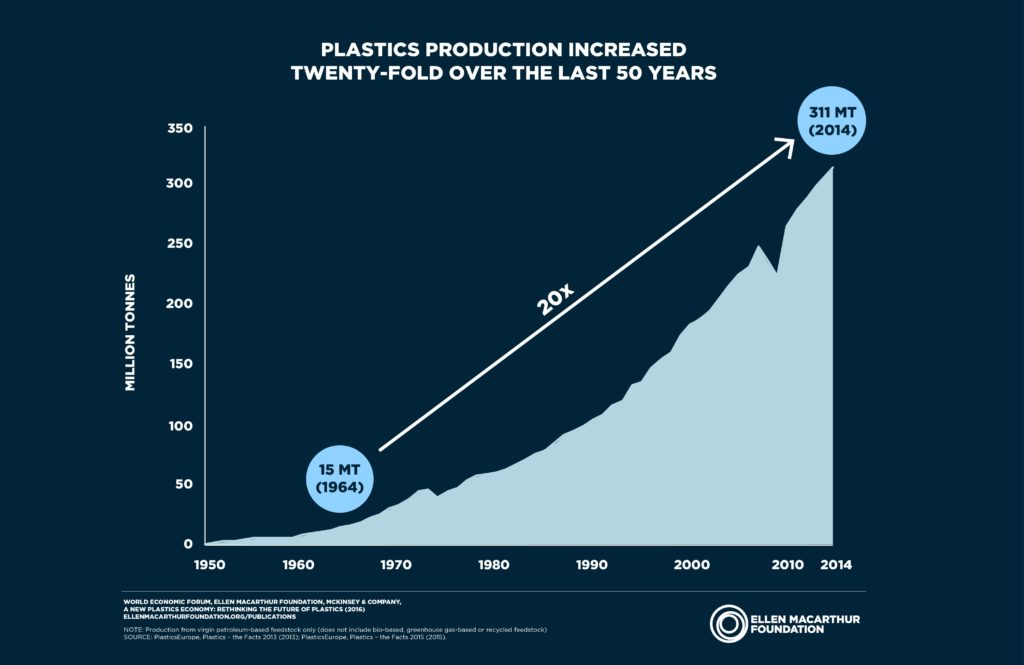
As of 2015, of all the plastic ever produced, about 9% had been recycled and 12% incinerated. The remaining 79% is either (not) rotting in a landfill or is floating in the ocean. As it currently stands, if production and waste management trends continue, roughly 12 billion tonnes of plastic waste will be in landfills or in the oceans by 2050. That’s the weight equivalent of 32,876 Empire State Buildings or 2086 Great Giza Pyramids.
A problem well stated is a problem half-solved
On the first day of 2018, China declared it would stop being the world’s dumping ground for plastic waste. Xi Jinping must’ve been that affected by Blue Planet II, he’d come to the conclusion that the rich world had to grow up. It was about time. Tackling a problem of any size begins by taking responsibility for that problem — especially by those that can afford to. Overnight, Western Europe and the US could no longer ship plastic ‘out of sight and out of mind’; they scrambled to find solutions. China was heavily criticised for the ban’s short-term costs, but many commentators figured the decision would bring about medium- to long-term benefits by ensuring waste management got managed at source. Scientists admitted that for western countries to prevent the ban displacing 111 million metric tons of plastic waste to 2030:
“[They’re] going to have to develop more robust recycling programs domestically and rethink the use and design of plastic products if [they] want to deal with this waste responsibly.”
In the first global analysis of all mass-produced plastics ever manufactured, Roland Geyer and co agreed, in this case, across the board:
“Without a well-designed and tailor-made management strategy for end-of-life plastics, humans are conducting a singular uncontrolled experiment on a global scale, in which billions of metric tons of material will accumulate across all major terrestrial and aquatic ecosystems on the planet.”
In 2018, Western Europe and the US were jolted into action to get their houses into better working order. They can afford to do so. Many other regions can’t, which brings us to the meatier part of the plastic problem.
As illustrated, of the 10 rivers crying out for our urgent attention, not a single one runs through Europe or the US. The 10 river systems that carry 90% of the plastic into our oceans are all in developing Asia or Africa (Schmidt et al). The blame falls, in part, on urbanisation and income growth. Hundreds of millions of newbie city dwellers have gone from trading goods that are unpackaged (in rural markets) to buying goods wrapped in plastic (from urban supermarkets). And as urbanite incomes have risen, so to has their consumption. Not surprisingly, growth in goods has far outstripped growth in waste management systems. And what are we left with? Consumption’s collateral. For example, it has been estimated that about 88% of Vietnam’s plastic waste is simply tossed onto the ground or into landfills. In populous China, the rate is 77%. In contrast, the US rate is 2%.
It all boils down to one irrefutable fact that people who smear Asian countries for being ‘filthy’ can willingly overlook:
There are 2 billion people in this world who still don’t have access to waste collection.
Charles Kettering once said “a problem well stated is a problem half-solved.” This problem will be half solved when the rich world squares up to the stark reality of the global inequalities at play. The solution is simple. As with other borderless global issues, a few countries in developing Asia and Africa need some help. Capacity-building and finance would seem like a good start.
Imagining Paradise
What might it take to solve the problem of plastic at a more systemic level? A 2017 report by the Ellen MacArthur Foundation outlined what a ‘New Plastics Economy’ might one day look like. As indicated above, the world will need to:
- Fundamentally redesign waste management and innovate (because ~30% of plastic packaging will never be reused or recycled);
- Reuse as many plastics as possible (because that already makes economic sense for ~20% of plastic packaging);
- Concentrate efforts on design and after-use systems (because recycling is viable for about the remaining ~50% of plastic packaging).
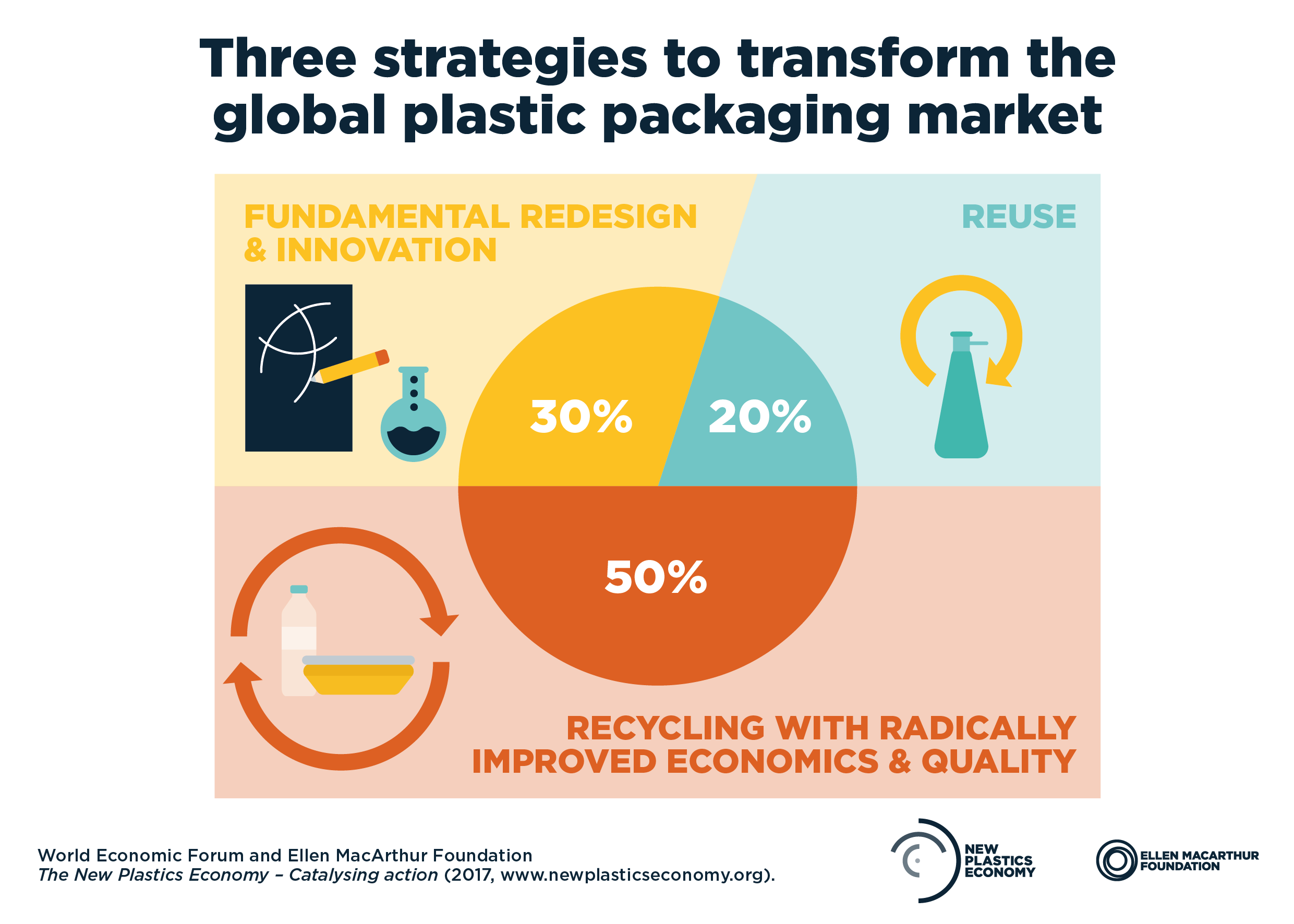
So a polycentric approach is required for the polymer problem, but what demands our most strident attention? Reuse, recycling, redesign or innovations (in, say, biodegradability)? None of the above; the answer is human behaviour. For example, plastics expert Roland Geyer thinks our preoccupation with recycling as a solution has obscured the better option, which is to reduce our plastic consumption in the first place: “If you know your bottle is going to be recycled via a bottle-deposit scheme, why bother taking your reusable one with you?”. Another expert, Kevin O’Connor from University College Dublin, shares Geyer’s principal worry: “I think the technology will eventually come to maturity. But the big challenge is us.”
The public momentum behind plastics has generated great speed in 2018, but as with other global problems, that momentum has to navigate our entire human hierarchy — our head, our heart, and our hands. Bartholomew Constantinople once wrote:
“It is a long journey from the head to the heart; and it is an even longer journey from the heart to the hands”
One way to trim that final journey is to refuse plastic straws and utensils, and reuse our plastic bags. Another way is to support and promote some of the champion organisations that are already using their hands to change to — not imagine — a new plastics economy.
- Ellen MacArthur Foundation — @circulareconomy
- The Ocean Cleanup — @theoceancleanup
- Sustainable Coastlines — @sustaincoasts
- Plastics for change — @plastics4change
- Plastic Oceans — @plasticoceans
- 5GYRES — @5gyres
- Plastic Pollution Coalition — @plasticpollutes
- Oceana — @oceana
- Surfers Against Sewage — @sascampaigns
_____
Part Four, The Plasticity of Climate Change’, will juxtapose the problem of plastics against the problem of climate change.
Here’s the brilliant Dame Ellen MacArthur (founder of the Ellen MacArthur Foundation) speaking about her journey from the heart to the hands.
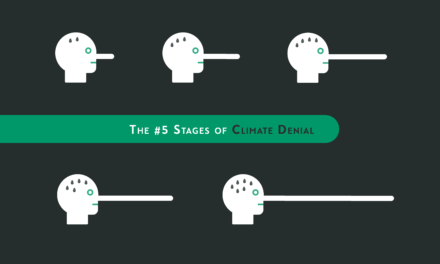
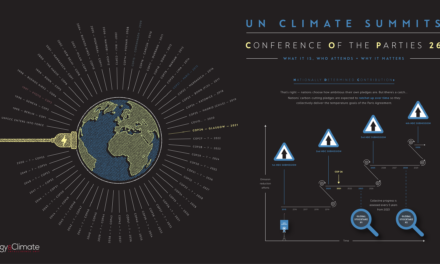

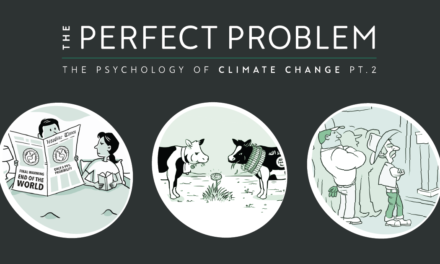
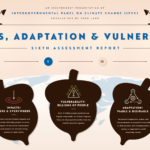
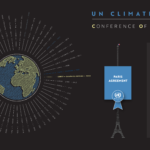
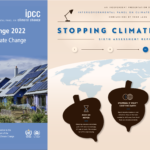
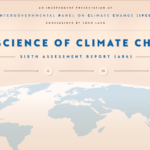

Nice post and good works are going for the plastic management. Thanks for sharing this informative blog.